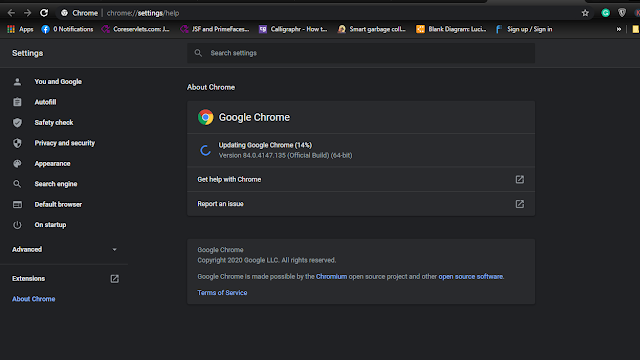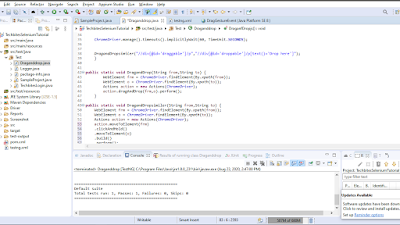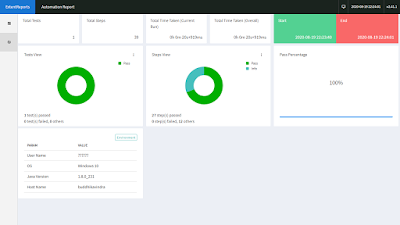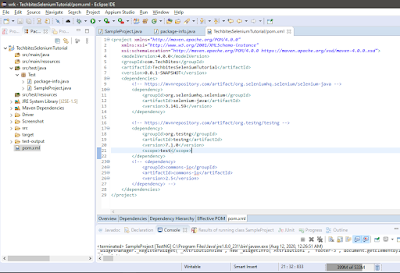Tesla Autopilot explained:
What is it, is it safe?
This guide explains exactly what a Tesla Autopilot is and how it works, and an insight into what the system sees on the road
The self-driving car is not yet a reality for the average car owner, but Tesla is starting to get closer to the automatic pilot with its automated technologies.
The latest hardware is called Enhance Autopilot and is fitted to all Tesla models. It is even available in the new Model 3 - the company’s most affordable car.
However, some road safety organizations have criticized Autopilot and other similarly named systems, arguing that such names "do not help as much as they assume the car can do more than it can do." Specialists at Thacham Research recently showed that relying solely on automated pilots can be dangerous.
However, Tesla promises that its automatic pilot system will eventually provide full self-driving capabilities. CEO Elon Musk once said that by the end of 2017, Tesla could move from one U.S. coast to another - but he later pushed that forecast to the end of 2018.
A video released by Tesla in 2016 gives an insight into what stage its fully self-driving system has, and what the car sees when roaming the streets alone.
It will happen a few years ago to see fully automatic cars on the road, however, not just because the technology is not ready yet. Some areas of legislation, such as the insurance industry, are ready for their arrival, while others, including driving laws, are not yet fully equipped to provide full facilities for self-driving vehicles.
Stages of self-control
Most industry experts agree that there are five levels of self-regulation. First, include advanced driver assist systems (ADAS) such as first-level automatic emergency braking, adaptive cross control, lane stop, blind spot and cross-alarm. These systems are well established and generally available.
Level 2 includes 'hands-off' systems, which means the car must accelerate, brake and move under certain conditions - these systems must be monitored even if the driver is always in control. Tesla's automatic pilot system can be classified as a 2 level system with Volvo's Pilot Assistant and Nissan's Propilot.
Level 3 self-regulation includes 'eye-cutting' systems, which allow the driver to safely get out of the way and rely on the driver to drive the car and apply the emergency brakes - but be prepared to accept them from the system if called upon. . To do so. The latest Audi A8 is the only car that is said to include Level 3 systems - but the A8 Level 3 technology only works at 37.3 miles per hour and is not active in this country as UK laws currently prohibit driving a handless car. On the steering wheel.
Current production cars are not capable of Level 4 autonomy. Level 4 describes a fully self-driving car that allows the driver to fall asleep - but automation systems only operate in specific 'geo-protected' locations.
Atomic cars are the only true automatic stage. Level 5 cars can be driven in any situation and anywhere.
Tesla Model X - front static
The fully self-driving system may be a few years away, but Tesla is already preparing cars for full autonomy with its latest autopilot hardware fitted to the Tesla Model S, Tesla Model X and the upcoming Tesla Model 3.
With eight 360-degree cameras, the car can see 250 meters in all directions, and has 12 upgraded ultrasonic sensors and a new keyboard computer that is 40 times more powerful than the old one.
Tesla Autopilot Overview
The first thing to understand is that Tesla's autopilot does not take on all the driving duties, because in this case, it is only partially self - driving. The longevity of the motorcycle allows the driver to get his hands off the wheel, but the driver must always focus on the road ahead and be prepared to intervene when necessary. These are the key features of the automotive pilot of cars manufactured from September 2014 to October 2016.
1) Autosteer
The autosteer, which works with a radar control system, lane cameras and a complete set of sensors, allows the wheel of a motorcycle or dual vehicle to be dropped while the car is in motion. Radar control and automatic braking mean that you do not crash in front of the automatic car.







